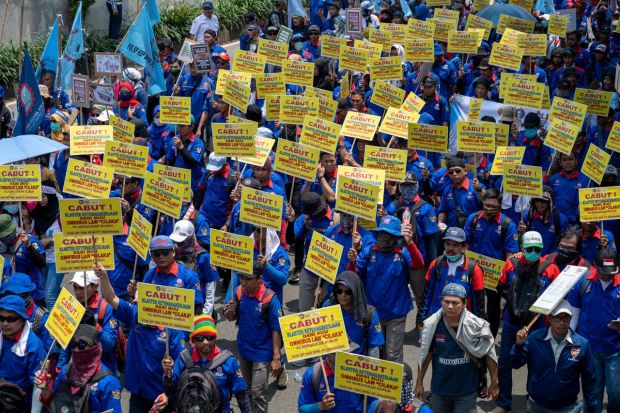Asia’s oncoming labour pangs to be “unprecedented”
THE oncoming rise in unemployment will dwarf that during the global financial crisis (GFC) said ANZ Research in a report on Friday, adding that it is unlikely to revert to pre-COVID-19 levels even after activity starts to normalise.
In particular, the unemployment situation could be more severe in economies with large informal sectors such as Indonesia and farther afield, India, because these sectors are being the hardest hit by the lockdown, said chief economist Sanjay Muthur, adding that this is with the upfront caveat that market data in the region is far from exhaustive and the definition of unemployment varies widely.
According to the International Labour Organisation (ILO), the share of employment in the informal non-agriculture economy (low-end manufacturing, small merchants, construction, small F&B outlets) ranges from 56 per cent in the Philippines to around 80 per cent in India and Indonesia.
While in the past, the informal sector has been a good shock absorber for workers who are retrenched from low productivity jobs in the formal sector, the problem this time is that social containment behaviours and policies have also adversely hit this sector. Unlike in the past, not only are these activities unable to absorb workers from the formal economy but they are also experiencing rising unemployment or under-employment with their existing labour, noted Mr Muthur.
Apart from the magnitude of the shock to headline GDP growth, an unusual feature of the current downturn is the stress in the services sector, due to both policy-driven and self-imposed social distancing and containment measures.
At 93 per cent, the share of services in total employment is the largest in Hong Kong. It is the lowest in India and Thailand at around 43 per cent.
To their credit, policymakers have been proactively addressing this risk through a suite of measures, noted Mr Muthur.
But the problem with these measures is that these facilities are being provided on a temporary basis even though business prospects have probably deteriorated over the longer-term. Even when policy measures are relaxed, self-imposed social containment could remain in place.
This long term deterioration in business prospects suggests that unemployment rates will not quickly fall to pre-COVID-19 levels.
During the GFC, ANZ Research estimates that it took approximately 17 quarters for unemployment rates to fall to their pre-crisis level. This contrasts with the three to four quarters taken for the unemployment rate to rise to its peak.


 Thailand
Thailand




